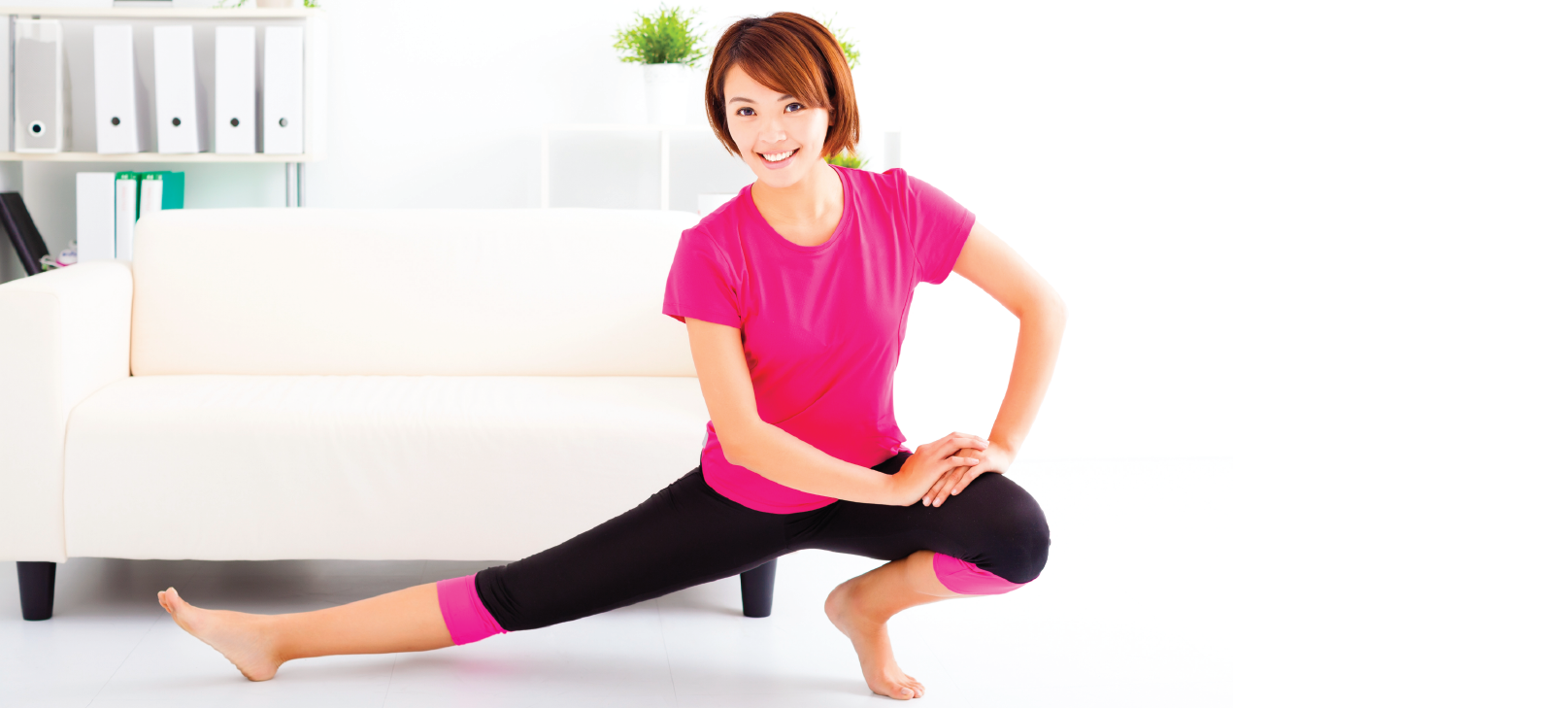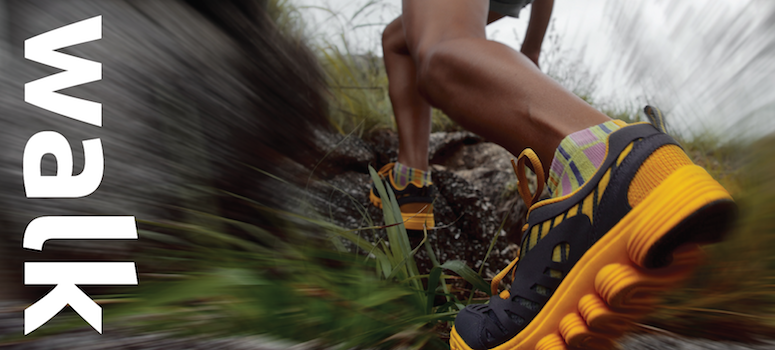July 2016 Newsletter | Article 1
04 Jul 2016 / NAFCNAFC Newsletter
Chest Up, Shoulders Down, Eyes Up, Shins Vertical!
By Tammy LeBoss | thefitprofoodie.com

Keep your cues simple...
Are you connecting with your clients using the right words? To be an effective coach, oftentimes using less words can be more. For example, try using only 3-4 cues for 1 exercise, and challenge yourself in using 20 words or less for the squat.
Second to walking, squatting is likely one of the most functional movements we perform each and every day. How many times do you think we get up and down during the course of a day? Essentially, when we’re sitting and then getting up and sitting back down, we’re performing a squat movement.
To optimize on this process, practice keeping your shins vertical, keeping in line with the foot and hip. During the descent of the squat, check to be sure the shins stay parallel in line with the knees and ankles. Making this adjustment will not only help to harness the power of the hips as well as the hamstrings, it can prevent ACL injury and patellar damage.
Keeping cues/words simple can be very powerful skill to develop over time. Using too many words to explain how to properly squat, can be a trainer’s downfall. Oftentimes, saying: Chest up, shoulders up, eyes up are simple, good reminders, but when aiming for your best squat, also add “keep shins vertical”.
Learn to convey ‘a lot’ with less words using NAFC’s Principle of Safety and Alignment, ANSER™. Find out if your message is being clearly transmitted to your client using less words. In this case, you’ll learn that less is more!
June 2016 Newsletter | Article 4
17 Jun 2016 / NAFCGet Hip Smart Applying Hip Intelligence
By Tammy LeBoss | thefitprofoodie.com

Slow Down... Emphasize Awareness
Get hip smart by applying hip intelligence and teaching clients how to play it safe this summer. Many people are working desk jobs, they hurry to the gym or exercise class and they do not take the needed time to undo the stresses of sitting. To optimize a workout, be sure to address the following essential stretches:
- Stretch the hip flexors
- Stretch the hamstrings
- Move the SI joint
Also, what happens when we’re in too much of a hurry to hit a class or HITT workout? The glutes are not properly engaged, the hips are not adequately open and the core may misfire. This could lead to injury and pain. The solution involves slowing and paying attention.
To activate the glutes and open the hips, be sure to slow down for exercises that emphasize Awareness. Remember to squeeze firmly and consciously, and to truly focus on the hip and glutes. Before going into your session to awaken dormant buttocks, try this easy yet effective warm-up:
- The Superman, half (2 sets, 60 sec)
- Low lunge, knee down (1 set, hold 5-10 sec)
- Bridge, or single leg (1 set, 10 reps, 5-10 sec. hold)
- Side-lying ‘clam’ or hip ABduction (2 sets, 10 reps, 5-10 sec. hold)
To continue to build hip intelligence, follow this warm-up with the routine below:
- Split squats: keep glutes fired up during full ROM
- Hip hinge: point buttocks back toward wall, light bend in knees, feet together or hip width; drive hips up and forward
- Squat: push buttocks back toward a wall, press hips forward back to center of gravity
- Straddle deadlift: incorporate all above methods in previous steps
For increased safety and effectiveness, add proprioceptive exercises and 3-planar movements as part of a safe warm-up. Always keep movement purposeful and remember that every ‘body’ is different. Learn more about hip intelligence applying NAFC ANSER™ today!
June 2016 Newsletter | Article 3
16 Jun 2016 / NAFCWhen in doubt, Walk it out!
By Tammy LeBoss | thefitprofoodie.com

Don't take walking for granted...
Did you know that the average adult takes 5,000-8,000 steps daily, yet many do not truly walk optimally? If there is exercise we should not take for granted (yet most people do)—it’s how to walk. Performing a Gait Analysis, also known as a Walk Test, does not have to take a long time to assess, but it can offer tremendously valuable feedback for both client and trainer. When a coach has access to this feedback, they are able to implement specific exercises and stretches into a client’s training program. This specificity of training will help the client be absolved of some biomechanical stresses on the feet, which impacts the full body and will help the successful coach stand out amongst other trainers.
Be sure to ask us about our new and improved Pilates Coach: Foundations of Movement and Anatomy & Physiology courses today, and learn to teach your clients how to walk and move with purpose. Like a warrior!
begin ... prev 1 2

